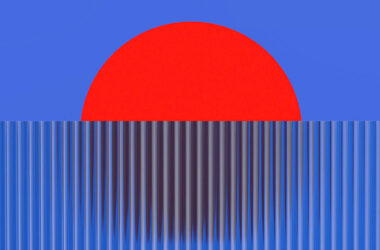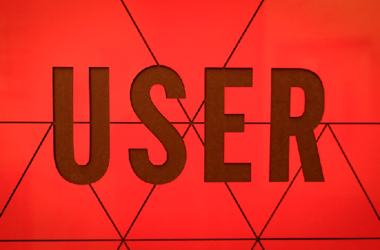This is a brief look in to a designer’s role in UX or UED, and what are the motives,objectives and processes that shape the outcomes.
Designers all across the globe have such wide combination of responsibilities, shaped around the company/product ‘s objectives and the abilities of the designer’s themselves. So someone calling themselves, ‘Designer’, might be a too vague of a term to identify their day to day roles. But one thing remains the key to any designer’s success, is how well they understand or research their users.
Interpreters for users
The general perception of designers, especially in a technology company is of as a low impact resource that has no understanding of how a product should function. This perception might sometimes be rooted from people that are oblivious to design thinking and the craft & talent that hones it.
In truth, coders and designers are two very different beings. One in a way speaks & understands the language of the machine, while the other speaks the language of the user and translate it in to a meaningful experience.
This means coders and designers think differently and both have a knack for solving two very different problems. A coder when discussing a product might think of the database structure, the architecture and the technological constraints etc. and a designer while discussing a product, will think about the end user, their goals, their thought process etc.
Pixel pushers
Visual design is infact a significant part of the design process. Pixel pushers or Visual designers, are ones that work in details that others overlook. They labour through every nook & cranny of the design, refining the finest of details and making sure every element looks exactly as planned. As far as the UX is concerned, they are not expected to think about how the screens connect or if the process flows have all of the scenarios incorporated in to design or not.
But combine the two roles and you get someone who can not just throw ideas but also have the ability to prototype and iterate.
Explorers
I keep on telling people, UX does not mean fancy shmancy processes that add bling or worse just add to the bill of the client. Well designed and orchestrated UX processes are the key to creating meaningful experiences and cutting the fat in the overall process while doing so.
UX design is about exploration and research. Think of it as a drawing board to your ideas, where you can experiment as much as you can without too many repercussions.
“The best way to have a good idea is to have a lot of ideas.” – Linus Pauling
Too many times I have seen people jumping off to development too soon, for the sake of saving time and then eventually crawling back to the drawing board, trying to figure out what went wrong in the first place.
The only difference in this scenario is…now, not only have they lost precious amount of time developing a product they might not even need, but also doing the damage control manoeuvre while trying save what’s left of it. Like plugging the holes in a ship that has almost sunk. As you can imagine…it’s embarrassing.
Therapists
Every team member has different role and an ecosystem that differs from the other. Coders work in a different ecosystem and use jargons that sometimes can be alien to other team members. A designer’s role would be to understand the basics of a coder’s terrain and to transplant ideas or key objectives.
For example, there are times when the implementation of the design doesn’t come off as planned/expected. There is a dire need there to understand the whys and hows. This will also help you not only learn their environment and technical constraints but also to transplant an understanding of the designer’s end of the process.
In the ever evolving world of tech, designers can have a pivotal role in impacting meaning and value to the products with the end user in mind. Designers are inclined to delve in to the human behaviour and psyche to better understand the users and make informed granular decisions.



